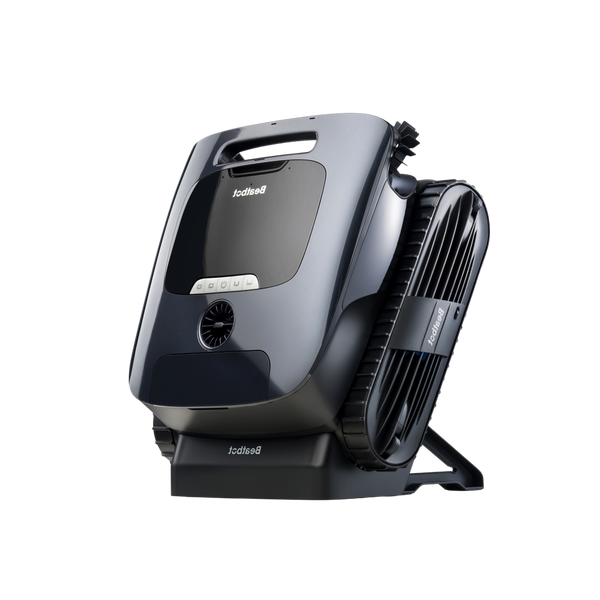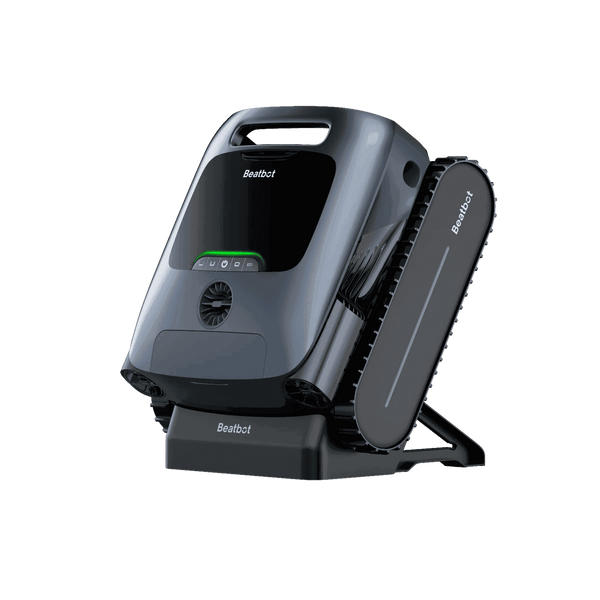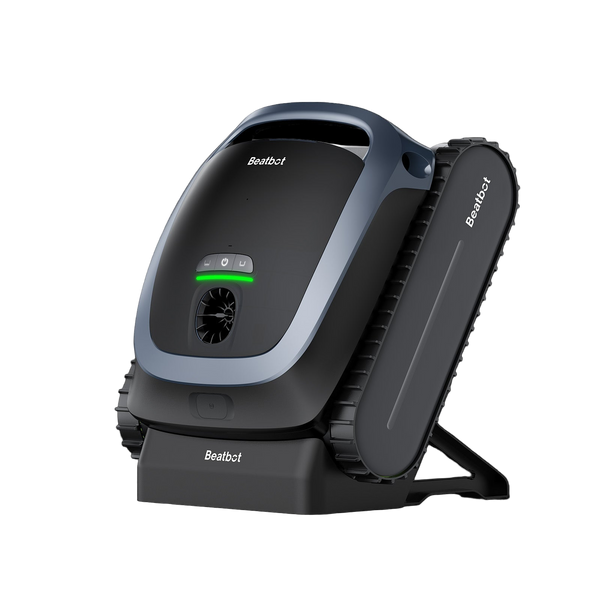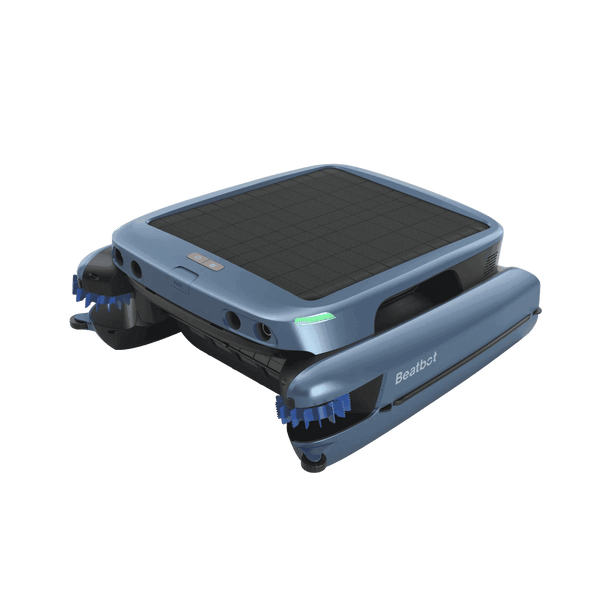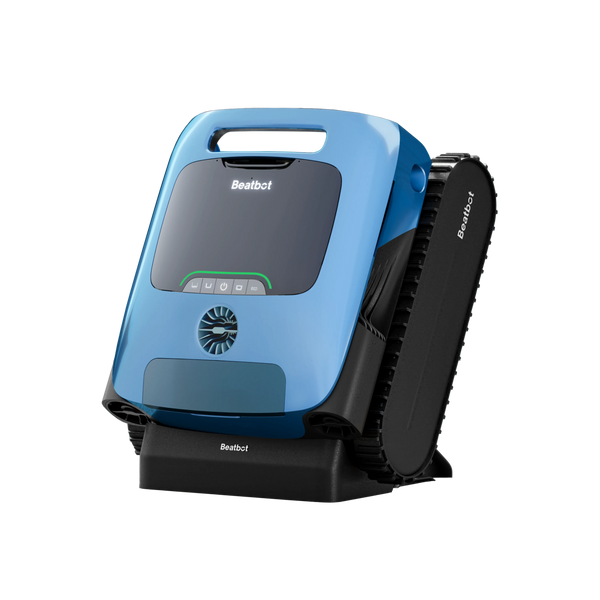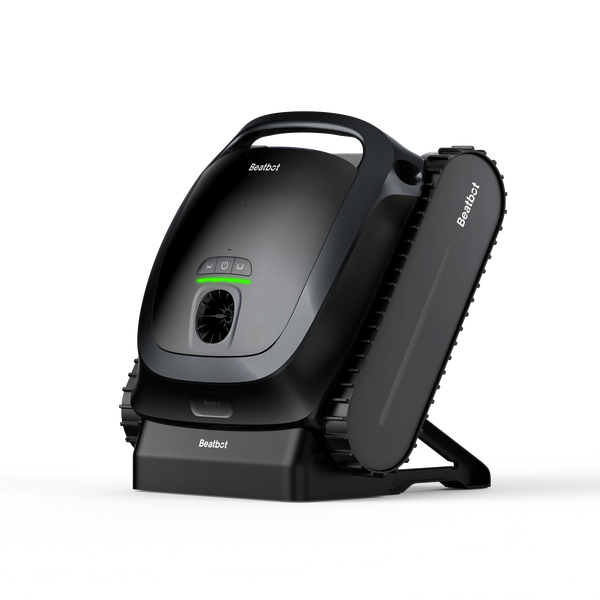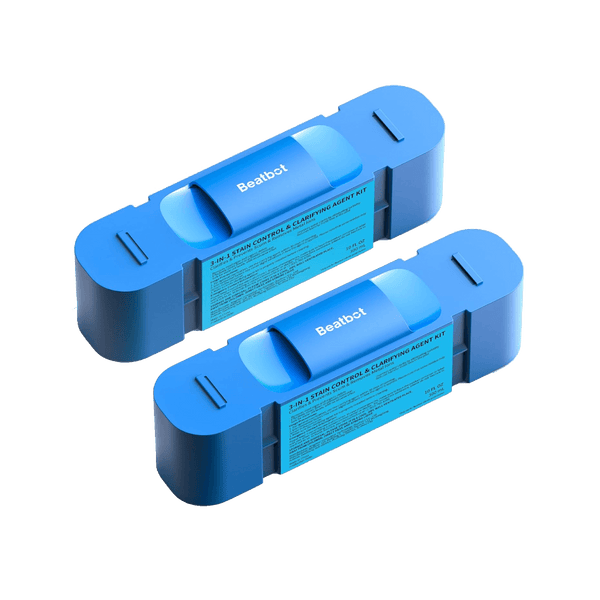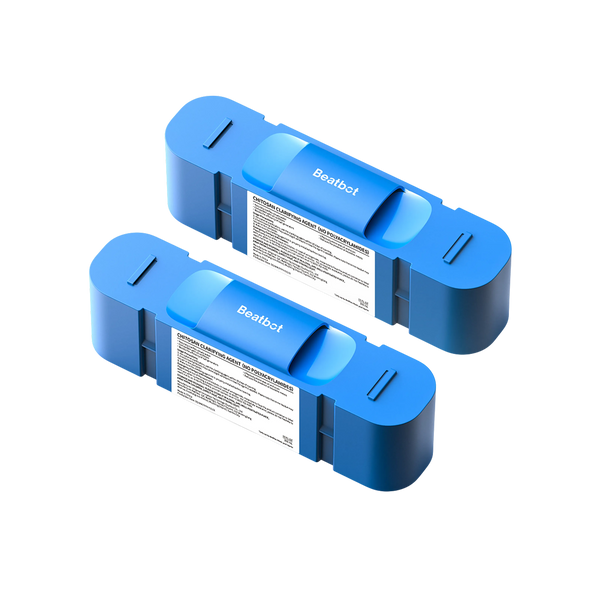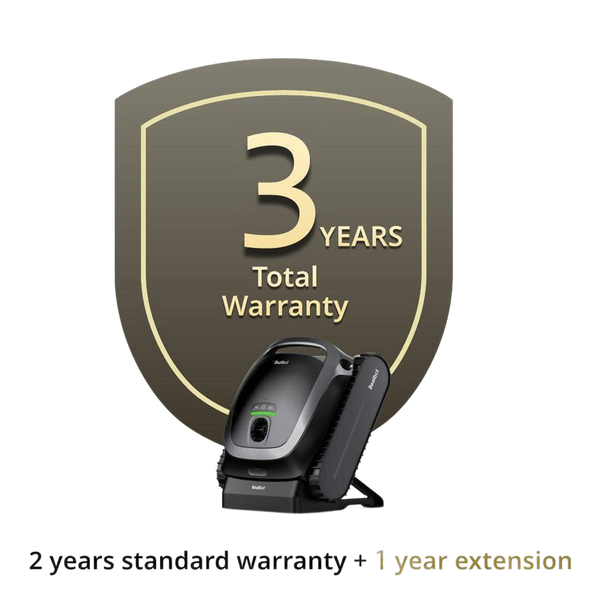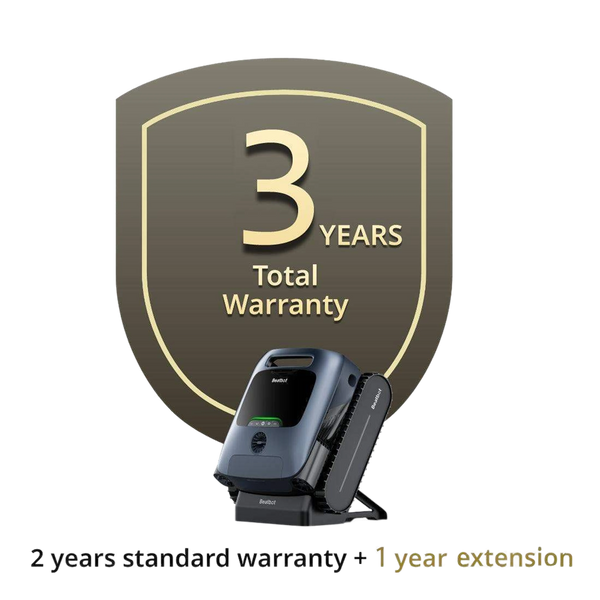What is the Right Frequency for Adding Chlorine to Your Pool
Pool maintenance feels overwhelming sometimes. You stare at your pool, wondering if it needs more chlorine or if you added too much yesterday. Let’s break this down into simple, practical steps you can use right away to keep your water sparkling clean.
Table of content

The Science Behind Pool Chlorination
Nobody wants to dive into complex chemistry, but understanding a few basics makes pool care much easier. Here's what matters: your pool water breaks down chlorine every single day. Sunlight, kids splashing around, even leaves falling in - they all eat away at your chlorine levels.Think of chlorine like your pool's security guard. You need enough on duty (that's free chlorine) to handle any threats, but too many guards (too much chlorine) waste money and irritate swimmers. Your magic number? Keep free chlorine between 1 and 3 parts per million. This sweet spot kills bacteria without turning your pool into a chemical bath.Most pool owners guess wrong about chlorine types. Liquid chlorine works fast but vanishes quickly. Tablets release slowly but need time to work. Granules pack a punch but can bleach spots if they sink. Each type has its place, depending on what your pool faces that week.
Key Factors Affecting Your Chlorine Schedule
Your neighbor's pool care routine probably won't work for yours. Weather throws the biggest curveball at your chlorine levels. That scorching summer sun? It burns through chlorine like a blowtorch. Rainstorms? They dilute your chemicals faster than a garden hose.Swimmers change everything too. A pool party this weekend means your chlorine disappears way faster than during quiet weeks. Sunscreen, sweat, and those questionable toddler moments all demand more sanitizer to keep things safe.Size matters more than most realize. Your 30,000-gallon pool needs way more chlorine than the 15,000-gallon one down the street. Location plays tricks too - pools under trees fight different battles than ones in open yards.
Testing: Your Decision-Making Tool
Stop playing the guessing game with your pool chemicals. Testing shows exactly what's happening under the surface, not just what your eyes tell you. Those test strips in your shed? They're your early warning system against problems.Morning testing tells the real story. Check levels before the sun heats up and before anyone jumps in. This gives you the clearest picture of your pool's health. Skip this step, and you're flying blind with your chemical additions.Digital testers beat strips for accuracy, but both work if you follow the instructions carefully. Write down your results - patterns emerge when you track changes over time. These patterns help you spot problems before they spiral into expensive fixes.Remember: green pool water screams for help, but clear water doesn't always mean safe water. Testing catches issues while they're still cheap and easy to fix. Your chlorine schedule flows from these results, not from what worked last summer or what the pool store suggested.

Seasonal Chlorine Demands
Ever notice how your pool acts differently as seasons change? Summer hits your chlorine hard. Those long, sunny days burn through sanitizer faster than any other time. Your pool might need chlorine twice or even three times weekly during peak heat.
Summer Requirements
Crank up your attention during June through August. High temperatures breed algae like crazy, and more people jump in for relief from the heat. Boost your testing to every other day when temperatures soar past 85°F. Watch especially close after heavy use - those post-BBQ pool parties demand extra care.
Winter Maintenance
Winter brings different challenges. Your pool might only need chlorine every couple of weeks in cold months. But don't get lazy - one missed treatment can spiral into a spring disaster. Cold water holds chlorine better, but it also hides problems until they're serious.
Warning Signs of Insufficient Chlorination
Your pool sends clear signals when chlorine levels drop too low. That strong "chlorine smell" actually warns you about too little sanitizer, not too much. Shocking your pool usually clears this up fast.Watch the walls and steps for slick spots - that's algae getting started. Catch it early, and you'll save yourself hours of scrubbing. Cloudy water means trouble too, especially if it shows up overnight. Don't wait to fix these issues - they get worse fast.Swimmers offer clues too. Red eyes or itchy skin after swimming often point to unbalanced chemicals, not too much chlorine. If people complain, check your levels right away. Their comfort matters, and their bodies react to chemical problems before your eyes spot them.
Balancing Other Chemicals
Chlorine works best when other chemicals stay in line. Think of pH as chlorine's boss - it decides how well sanitizer works. Keep pH between 7.2 and 7.6, or you'll waste money on chlorine that can't do its job.Alkalinity plays defense, stopping sudden pH swings that throw everything off. Aim for 80-120 parts per million. This range lets you adjust pH without fighting constant changes. Too many pool owners chase perfect chlorine levels while ignoring alkalinity - that's like building a house without a foundation.Stabilizer protects your chlorine investment from sun damage. But be careful - too much cyanuric acid locks up your chlorine like a prison guard. Test stabilizer monthly and keep it around 30-80 ppm for outdoor pools. Indoor pools need way less since sunlight isn't eating their chlorine.
Creating Your Custom Schedule
Forget one-size-fits-all advice. Your pool's personality comes from its unique mix of features. Calculate your pool volume first - length times width times average depth times 7.5 gives you the gallons. This number drives every chemical decision you make.
Pool-Specific Factors
Heavy trees nearby? You'll fight more debris than open-yard pools. Got a darker pool finish? It soaks up heat and burns through chlorine faster than light surfaces. Understanding these quirks helps you adapt faster when problems pop up.
Environmental Considerations
Desert climates demand different care than humid regions. High winds blow in more dirt, forcing you to clean and sanitize more often. Nearby construction kicks up dust that drains your chlorine supply. Pay attention to your pool's surroundings - they affect how often you need to add chemicals.

Professional Tips for Maintenance
Smart pool owners know when to work smarter, not harder. Store chlorine tablets in a cool, dry place - heat and moisture make them break down before you use them. Skip the liquid chlorine stockpile too. It loses strength every day it sits in your garage.Running your pump longer sometimes beats adding more chemicals. Good circulation prevents dead spots where algae love to grow. Clean your filter when pressure rises 8-10 PSI above normal. A dirty filter makes your chemicals work overtime.
Best Practices for Long-Term Success
Experience shows what really works. Add chlorine in the evening to give it time to work before sunrise burns it off. Break up your shock treatments if you need a lot - half now, half in an hour prevents waste.Keep records simple but consistent. Note when you add chemicals and how much. These notes become your guide next season. They show patterns you'd never spot otherwise, saving you time and money on pool care.
The Bottom Line
Your pool needs consistent attention, not perfect chemistry. Start with regular testing and adjust your chlorine schedule based on what you find. Watch how your pool responds to changes in weather, use, and seasons.Remember - clear water invites swimming, but safe water keeps swimmers healthy. Trust your test results over your eyes, and don't skip maintenance when the pool looks good. A little attention now prevents big headaches later.Keep these guidelines handy, but don't be afraid to adjust them. Every pool tells you what it needs - you just have to pay attention to the signs. Stay on top of your chlorine schedule, and you'll spend more time enjoying your pool than maintaining it.
Relative Blogs
About the author
